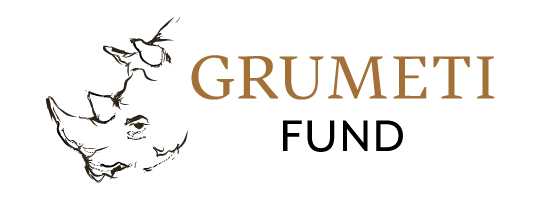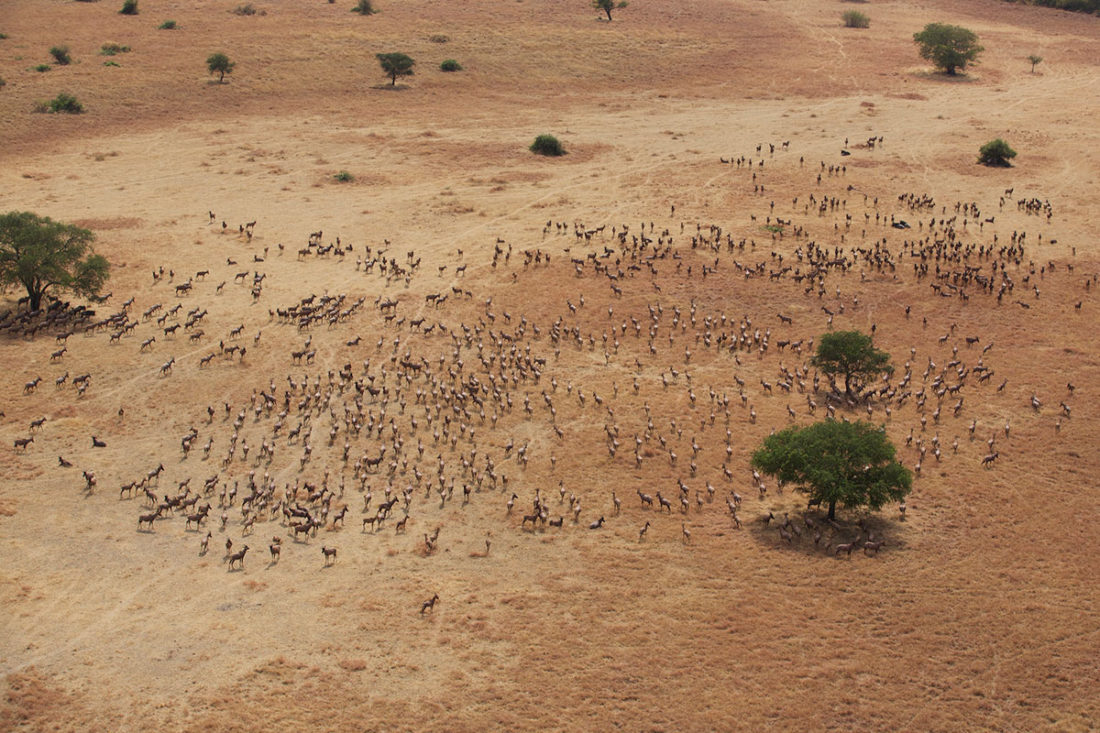Counting Wildlife
Measuring the stability of an ecosystem and the biodiversity within it can be challenging. One of the ways that the Grumeti Fund determines whether the ecosystem with which we are entrusted is thriving is through a wildlife census. We use two techniques in our assessment of the biodiversity of the area –an aerial census and a riparian survey.

The aerial census involves flying in a helicopter on predetermined transects lines over the whole concession. Four observers in the helicopter are responsible for counting every animal that they see. They fly with the doors off, sitting exceptionally still, for up to three hours at a time. An ecologist sits in the front with a computer linked to a GPS and enters each sighting (there are variances in this method that involve using certain statistics to count animals seen at particular distances as well as very detailed total population counts for certain species, like elephant).

The second way that we count animals is through a riparian survey. This is where the helicopter will fly following all the concession’s watercourses. This differs from the census in that it is focuses specifically on the heavily vegetated drainage systems throughout the concession and targets elusive species that are often missed in the transects of the aerial census (including vultures and marabou storks, colobus monkeys, bushbuck, large predators such as lion and leopard and also crocodile and hippo).

The census and survey is always an exciting event on the concession. It gives management great perspective on how the area is developing. It fuels discussions on conservation solutions and flags areas of concern as well as highlighting areas of management success. The majority of the results over the last 13 years show that wildlife populations have increased, some slightly and others drastically. We completed the most recent census and survey in August, the results of which will be published by the end of the year. We do know that it will show positive trends for the majority of the species counted but we also envisage that there will be some areas of concern – both of which will form part of management decisions going forward.




